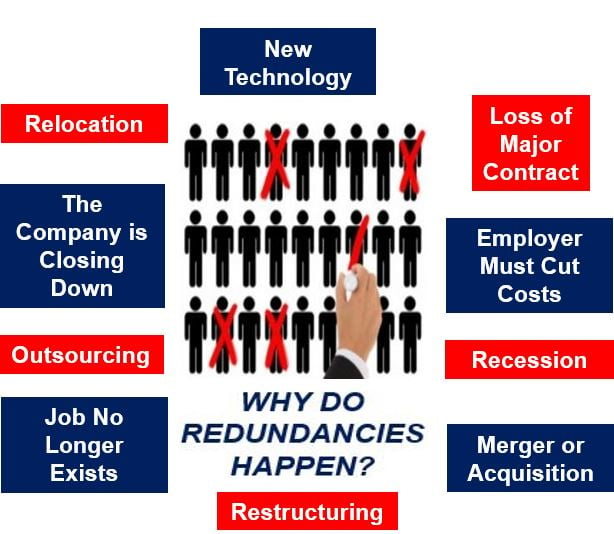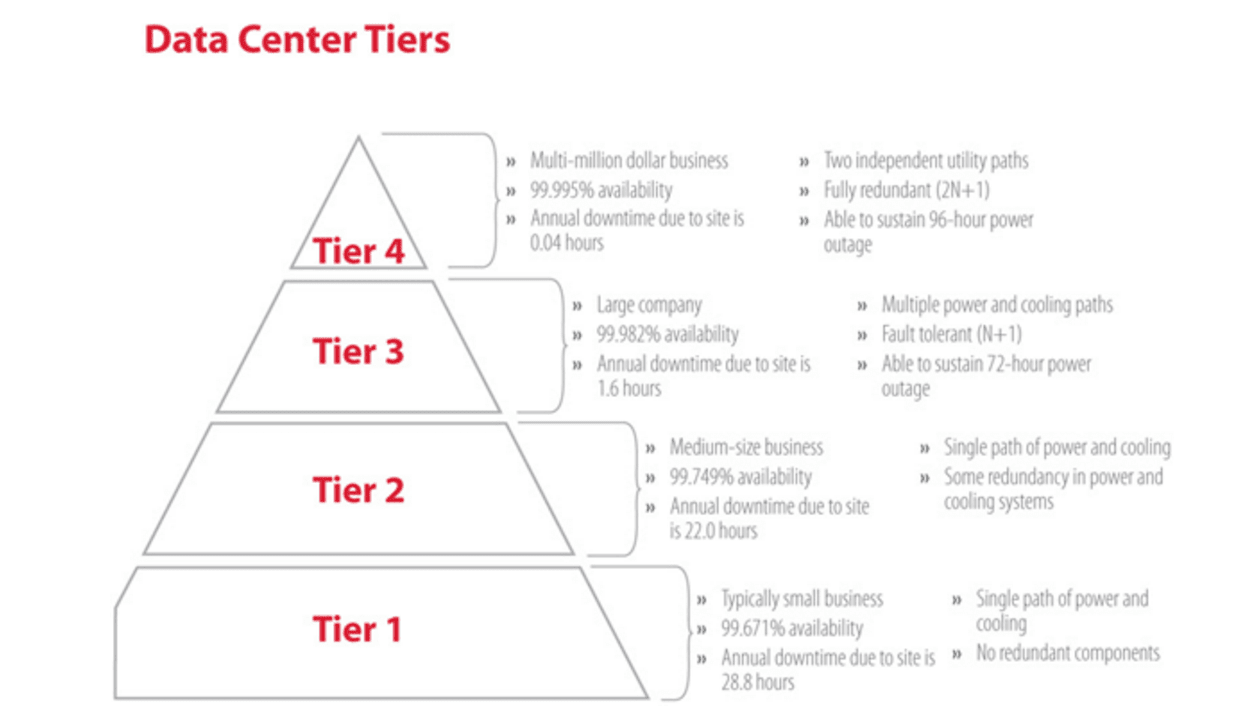What Happens to Redundancy If Company Goes Bust? An Overview to Your Rights
What Happens to Redundancy If Company Goes Bust? An Overview to Your Rights
Blog Article
Investigating the Interaction Between Business Redundancy and Organizational Flexibility for Future Growth
In the vibrant landscape of today's service globe, the elaborate relationship between company redundancy and organizational flexibility arises as an essential element for sustained growth and success. Firms frequently deal with the obstacle of striking a delicate equilibrium between maintaining a degree of redundancy to alleviate risks and promoting adaptability to respond promptly to the ever-evolving market demands.
Value of Business Redundancy
Company redundancy is a crucial component that boosts business resilience and minimizes operational dangers. By including redundancy measures within the business structure, firms can much better endure unpredicted disruptions and changes in business environment. Redundancy serves as a calculated barrier, permitting companies to adapt and respond effectively to unanticipated obstacles without jeopardizing crucial operations.
One key aspect of the value of firm redundancy is its function in making certain continuity during times of situation. When faced with unexpected adjustments or emergencies, redundant systems, resources, or personnel can step in to maintain vital features and stop prevalent interruptions. This connection not only safeguards the business's credibility and consumer depend on but likewise lessens economic losses and operational downtime.

Methods for Business Flexibility

Developing versatile organizational frameworks that permit for quick adjustments to market dynamics and client demands is essential for staying competitive in a rapidly advancing environment. By proactively recognizing prospective disturbances and opportunities, companies can proactively flourish and adjust in an ever-changing business landscape.
Balancing Redundancy and Versatility
Achieving a harmonious equilibrium in between operational redundancy and organizational flexibility is extremely important in navigating the intricacies of a vibrant business environment. Redundancy within a firm gives a safeguard, ensuring continuity and security in procedures. However, an excess of redundancy can result in ineffectiveness and prevent flexibility to altering market conditions. On the various other hand, organizational adaptability allows firms to react immediately to external disruptions and confiscate new chances. Striking the appropriate balance in between redundancy and flexibility is a delicate process that requires a deep understanding of the company's objectives, industry dynamics, and danger resistance.
To attain this balance, companies need to conduct normal evaluations of their procedures to identify locations where redundancy is required for danger mitigation and where flexibility can drive technology and development. Executing versatile frameworks, promoting a culture of continual learning and renovation, and urging open communication across all levels of the organization are vital strategies to harmonize redundancy and flexibility successfully. By straightening these 2 essential components, firms can place themselves for sustainable growth and success in an ever-changing organization landscape.
Study on Adaptation Success
In examining circumstances of successful organizational adjustment, it becomes apparent This Site that the interaction in between operational redundancy and adaptability is a specifying element in shaping durable businesses. One engaging study is that of Netflix. Originally a DVD rental service, Netflix demonstrated exceptional flexibility by transitioning right into a streaming platform when digitalization disrupted the industry. By strategically purchasing technology and material development, Netflix not only survived yet prospered in a quickly evolving market. Another standout instance is Amazon. Starting as an on-line book shop, Amazon constantly adapted its company model, broadening into varied sectors such as cloud computer and expert system. This versatility permitted Amazon to remain ahead of competitors and fulfill transforming consumer demands. Finally, Adobe offers a noteworthy illustration of effective adjustment. The business changed from offering software program licenses to a subscription-based design, making certain repeating income streams and boosted consumer interaction. These study emphasize the value of functional redundancy combined with business flexibility in fostering long-term growth and competition.
Structure Durability for Future Development
Building resilience for future development needs a tactical positioning of operational procedures with market characteristics and emerging patterns. Business should adapt to changing settings by fostering a society of versatility, technology, and continual renovation. Resilience involves not just getting better from setbacks however likewise proactively planning for future obstacles. One essential facet of structure strength is purchasing durable threat administration approaches to reduce prospective disruptions. This consists of situation directory preparation, diversifying supply chains, and establishing contingency prepare for different backups (who pays redundancy money).
In addition, promoting strong connections with stakeholders, such as customers, staff members, distributors, and the community, is important for maintaining and weathering unpredictabilities count on and assistance throughout unstable times. Reliable interaction and transparency play an essential duty in building strength, as they help align expectations and facilitate collaboration in browsing uncertainties.
Furthermore, companies need to prioritize understanding and development campaigns more to upskill workers and furnish them with the required devices to adjust to transforming scenarios. By buying their workforce, companies can boost their versatility and dexterity, eventually strengthening their durability for lasting future growth.
Verdict

In the dynamic landscape of today's organization world, the complex relationship in between business redundancy and organizational adaptability emerges as a crucial factor for sustained growth and success. Business usually face the difficulty of striking a fragile equilibrium in between preserving a level of redundancy to alleviate threats and promoting adaptability to react swiftly to the ever-evolving market needs.To attain this balance, companies need to carry out normal analyses of their operations to identify areas where redundancy is needed for danger reduction and where flexibility can drive innovation and development.In conclusion, the interplay between business redundancy and organizational versatility is critical for future development. Structure strength via a combination of redundancy and adaptability will ensure that companies are prepared for the challenges of the future.
Report this page